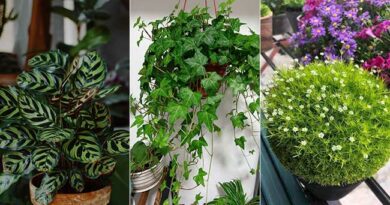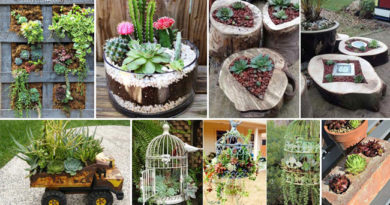17 Plants That Naturally Keep Aphids Away From Your Garden
Some garden problems come quietly — and aphids are one of them.
Tiny, soft-bodied insects that hide under leaves, they can turn a lush garden into a wilted mess in just a few weeks. But before reaching for sprays or chemicals, there’s a better, greener way to handle them — with plants that naturally keep aphids away.
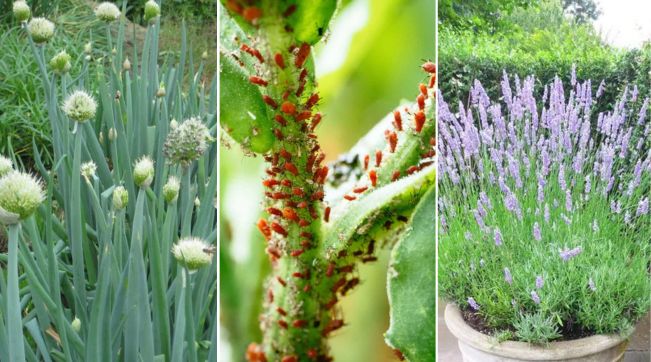
Why Aphids Are Every Gardener’s Headache?
Aphids may be small, but they’re mighty when it comes to damage.
They suck the sap out of tender stems and leaves, leaving plants weak and curled. Over time, they spread sticky “honeydew,” which can attract mold and even ants.
What’s worse — they multiply fast. A single aphid can start a whole colony, and within days, your rose buds or lettuce leaves might be covered in them.
Chemical sprays might fix the problem quickly, but they harm bees, butterflies, and other good bugs that help the garden thrive. That’s why many gardeners now prefer a more natural way — growing plants that aphids simply don’t like.
Why Choose Plants to Repel Aphids?

Nature often has the best solutions.
Some plants release scents or oils that confuse aphids and keep them away from your flowers and vegetables. Others attract beneficial insects — like ladybugs and lacewings — that feed on aphids.
Planting these species together creates a garden that balances itself.
No harsh chemicals, no constant spraying — just clever companion planting that makes your space both healthy and beautiful.
Plus, most of these anti-aphid plants are easy to grow, smell amazing, and add color and life to your beds and borders.
18 Plants That Naturally Repel Aphids
Here are eighteen friendly plants that help you fight aphids the easy way.
1. Lavender
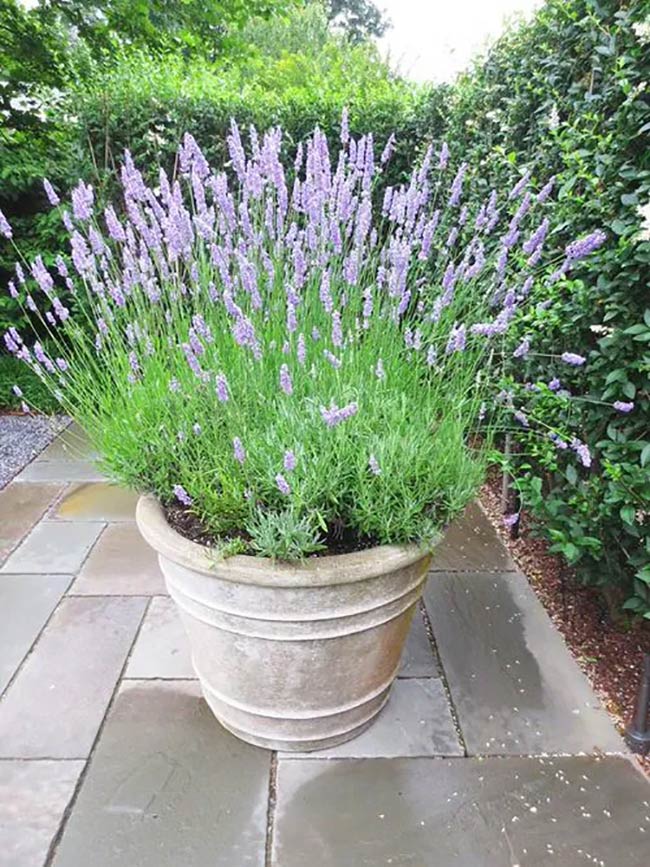
Lavender isn’t just pretty; it’s powerful. The soft purple blooms fill the air with a calming scent for humans — but aphids can’t stand it.
Plant lavender near your vegetable beds or along garden paths. The flowers attract bees while keeping unwanted bugs at bay.
2. Catnip (Nepeta)
Catnip’s secret weapon is nepetalactone, a natural chemical that insects hate.
It repels aphids, ants, and even flea beetles.
Just be ready for some feline visitors — cats love it too! Plant it in corners or pots to control its spread.
3. Marigolds (Tagetes)
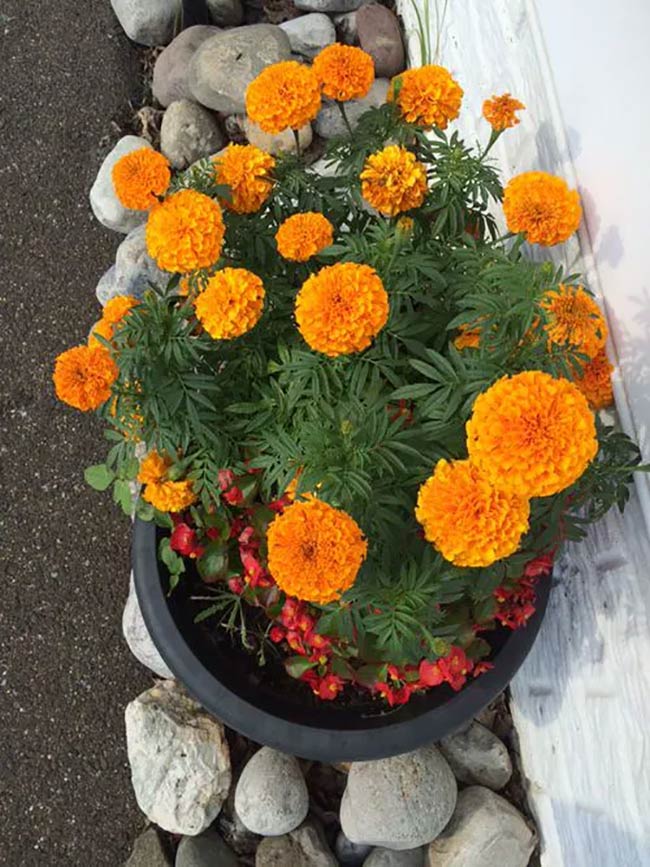
Marigolds are classic pest fighters. Their strong scent keeps aphids, whiteflies, and even nematodes away.
They also attract ladybugs — one of the best natural aphid predators.
Plant them around tomatoes, beans, or roses for a bright, golden shield of protection.
4. Garlic
Garlic protects plants both above and below ground.
The strong sulfur smell repels aphids, and when planted near tomatoes or lettuce, it helps reduce infestations.
It’s easy to grow — just stick a clove in well-drained soil and let it do the work.
5. Chives

Chives have a light onion scent that aphids dislike.
They’re especially useful near roses, carrots, and lettuce.
Snip them often — the more you cut, the stronger their smell becomes. Bonus: you get a steady supply for your kitchen too.
6. Nasturtiums
Nasturtiums are bright, cheerful, and clever.
Instead of repelling aphids, they attract them — acting as a “trap crop.”
Aphids gather on nasturtium leaves instead of your veggies, giving you time to rinse them off and save your main plants.
7. Mint
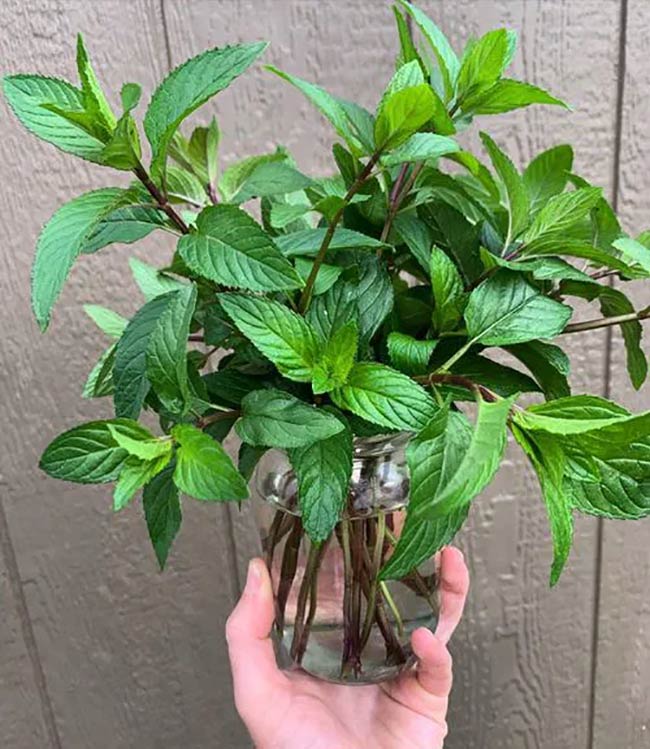
Mint confuses pests with its sharp, clean scent.
It helps repel aphids, cabbage moths, and ants.
But it spreads quickly, so it’s best planted in pots or contained spaces. When brushed, the leaves release a refreshing smell that lifts any garden.
8. Basil
Basil is a kitchen favorite and an aphid repellent.
Its aromatic oils mask the scent of nearby plants, making it harder for aphids to find them.
Grow basil near tomatoes and peppers — it improves their growth while keeping pests away.
9. Dill
Dill attracts good bugs like ladybugs and hoverflies that love to eat aphids.
Let a few plants flower — those yellow umbels draw beneficial insects like magnets.
It’s perfect near cucumbers, onions, or carrots.
10. Rosemary
This evergreen herb adds structure, scent, and strong protection.
Its woody, fragrant leaves repel aphids and many flying insects.
Plant it in sunny, dry spots — it doesn’t like soggy soil. Perfect for borders or pots.
11. Sage
Sage’s earthy aroma is pleasant to humans but not to aphids.
It also keeps cabbage moths and carrot flies away.
Grow it beside brassicas or root vegetables, and let it flower for pollinators in summer.
12. Oregano
Oregano acts as a living mulch — spreading low and wide, making it harder for aphids to settle.
Its strong scent also helps mask nearby crops.
It’s easy to grow, drought-tolerant, and adds great flavor to dishes.
13. Calendula (Pot Marigold)
Calendula’s sticky stems trap aphids and keep them from moving onto other plants.
It’s bright, cheerful, and blooms for months.
Plant it near lettuce, peas, or beans for both beauty and protection.
14. Coriander (Cilantro)
Coriander repels aphids while attracting hoverflies that eat them.
Its delicate flowers look lovely among vegetables.
Let some plants go to seed — they’ll self-sow for next year.
15. Fennel
Fennel’s feathery leaves release a light licorice scent that aphids avoid.
It also brings in ladybugs and lacewings.
Plant it near problem areas, but give it space — fennel likes room to grow tall and airy.
16. Bay Laurel
Bay leaves aren’t just for soups.
The plant’s aromatic oils naturally keep aphids, weevils, and moths away.
A small bay tree in a pot near your garden beds works wonders for pest control.
17. Tansy
Tansy is an old-fashioned herb once used in cottage gardens for pest control.
Its yellow button flowers are full of scent that deters aphids, ants, and beetles.
It’s strong, so plant sparingly — a little goes a long way.
18. Yarrow
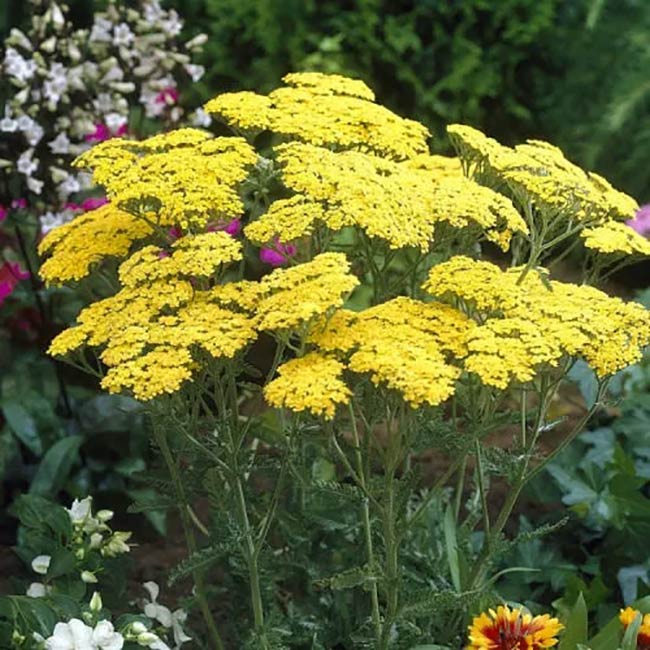
Yarrow’s feathery leaves attract predatory insects that feed on aphids.
It’s drought-hardy, easy to grow, and blooms all summer in soft pastel shades.
Scatter a few plants through flower beds for a wild, natural look.
Extra Tips for an Aphid-Free Garden
- Mix and match: Combine several of these plants around your veggies and flowers.
- Encourage good bugs: Ladybugs, hoverflies, and lacewings are your allies.
- Avoid overfeeding: Too much nitrogen makes plants tender and tasty to aphids.
- Check often: Look under leaves and rinse pests off early.
- Let nature balance itself: A little patience goes a long way.


